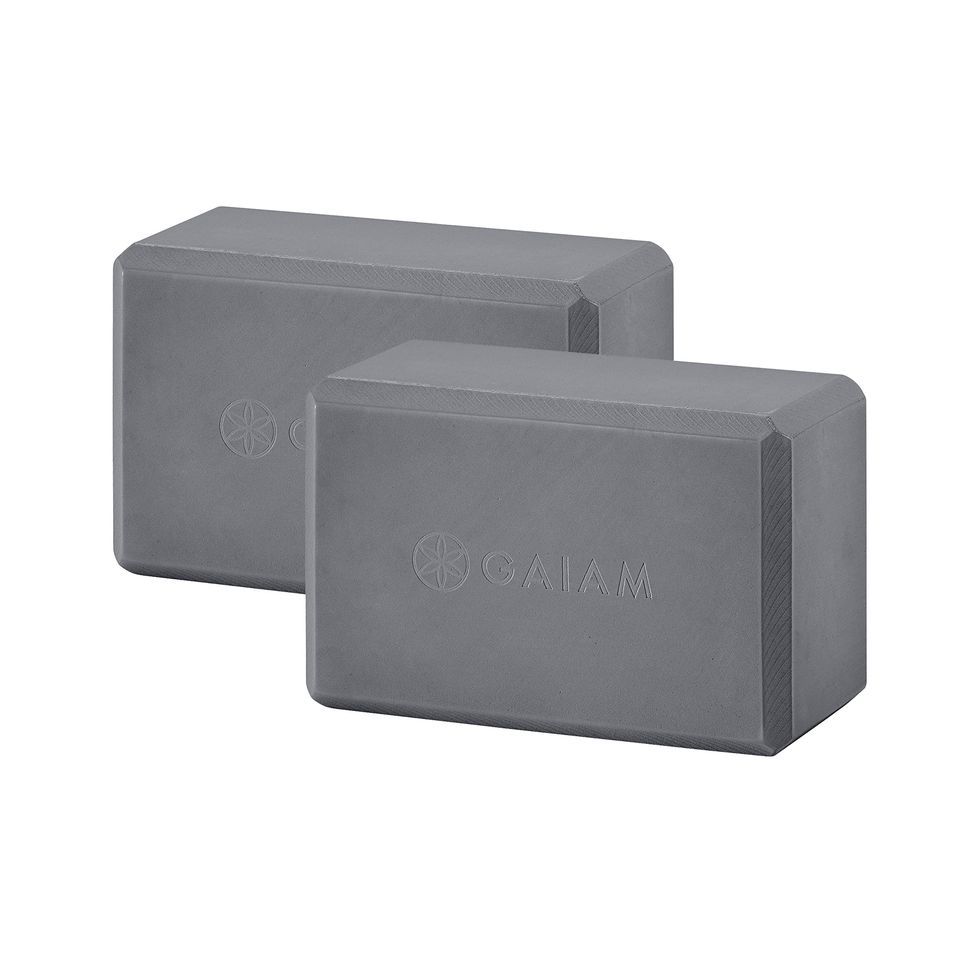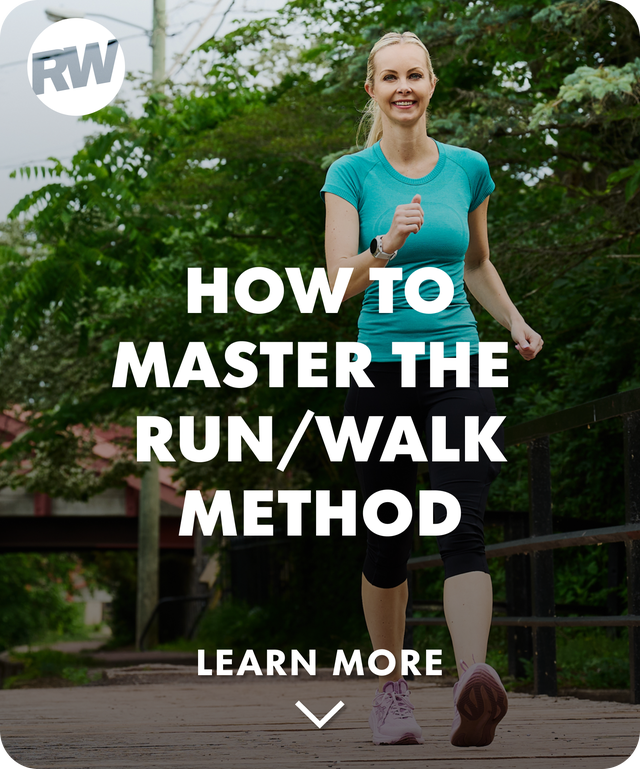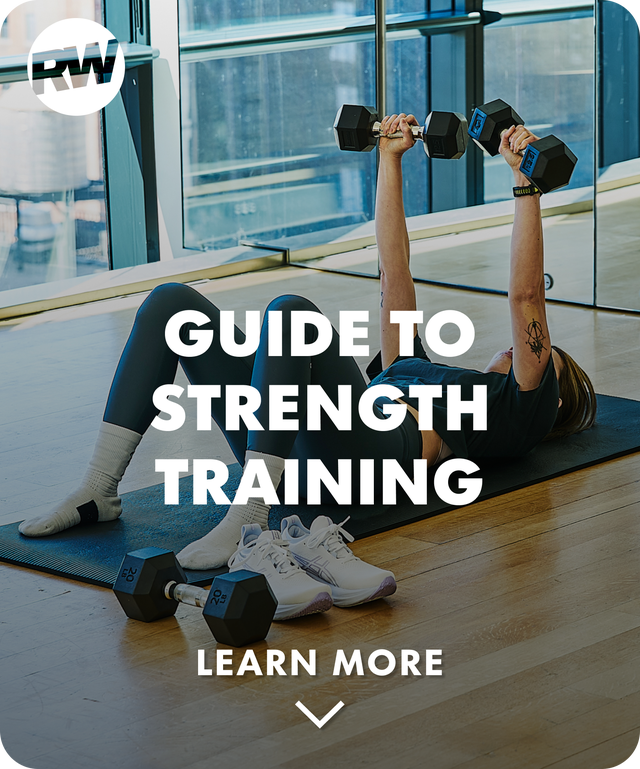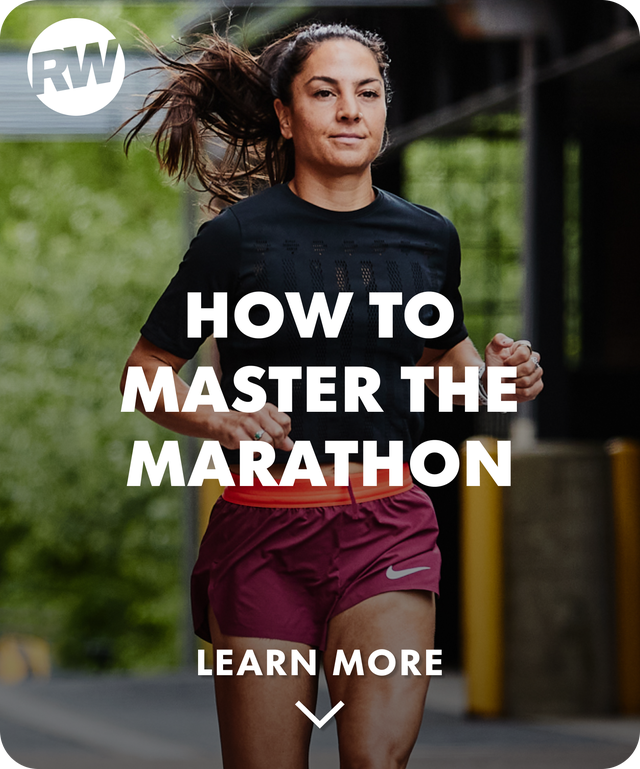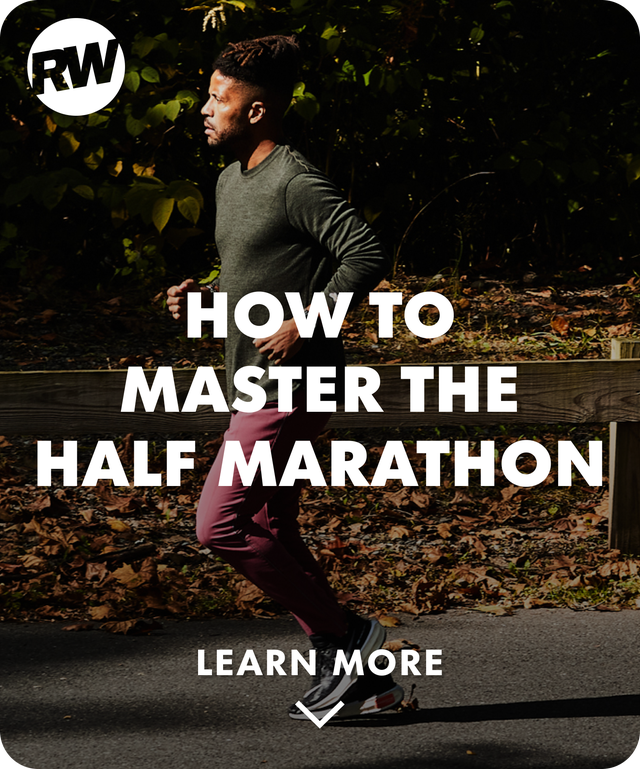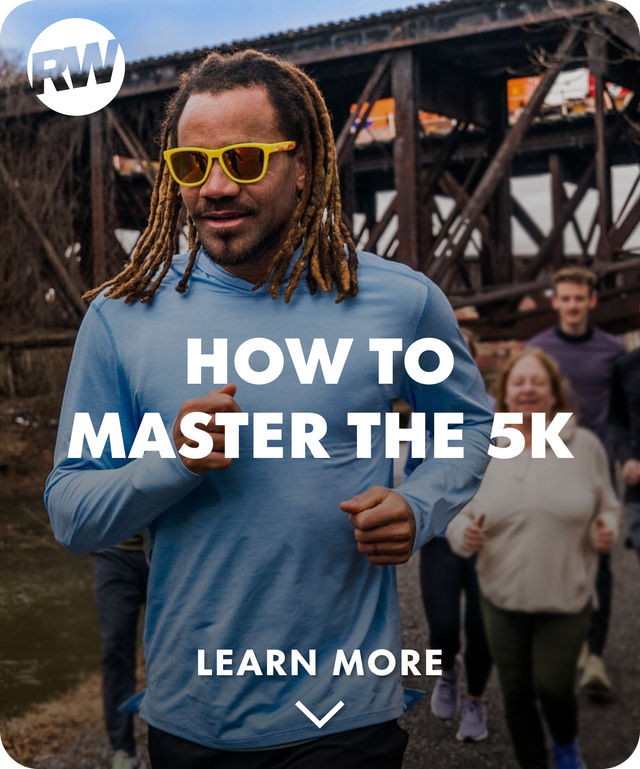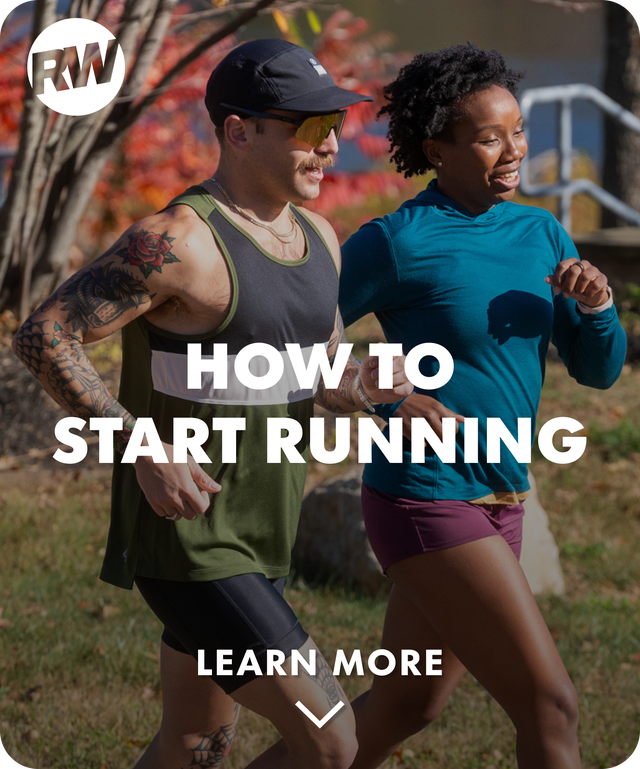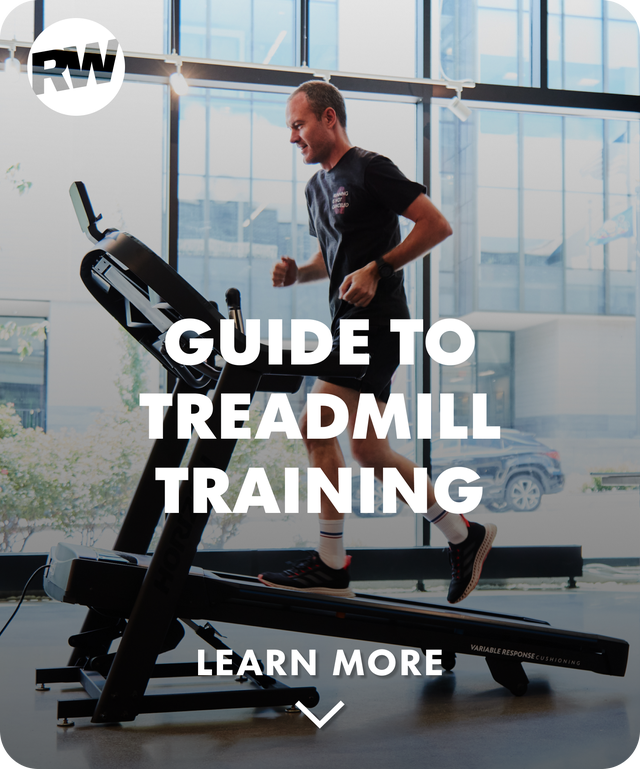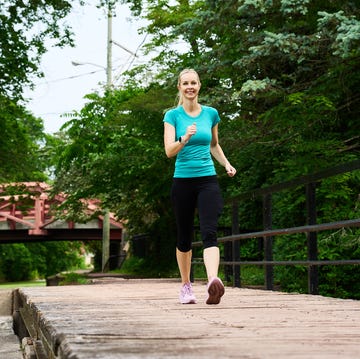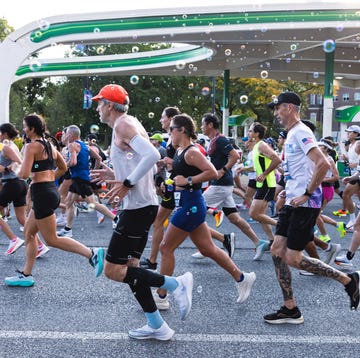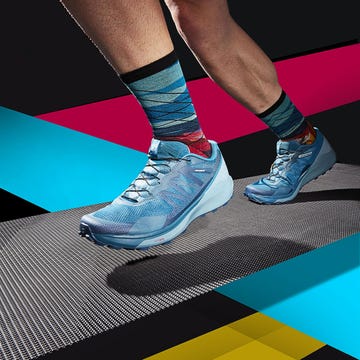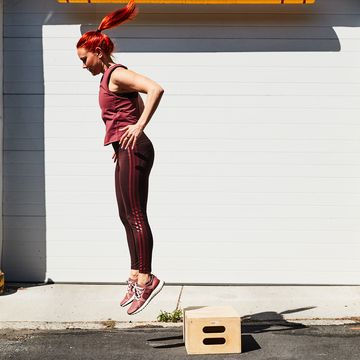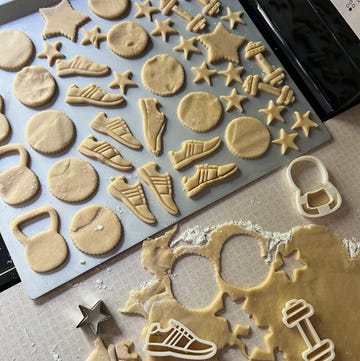The key to running faster and longer could be as simple as adding quality strength training to your running schedule. A good gym routine helps you build resiliency, lower injury risk, and maintain longevity as you chase your next PR.
Searching for a strength plan tailored to your running lifestyle? You’re in luck! The Runner’s World Guide to Strength Training has everything you need to become a stronger runner, including step-by-step video instructions for six different workout routines, each one expertly designed for runners.
Before you get started, it’s smart to stock up on the right equipment to get the most out of each workout. We’ve got you covered with recommendations for each piece of equipment you’ll see throughout the program, approved by our strength program co-author and certified personal trainer, Mallory Creveling. Creating your home gym setup just became as stress-free as possible.
Dumbbells
Consider your experience level with strength training before you purchase a pair of dumbbells. If you’re new to lifting, go for less expensive light- to medium-weight set. If you’re ready to start progressing in weight, you probably want a full set or adjustable weights. Here are our recommendations:
The most budget-friendly option of the group is great for runners just getting into strength training. “The neoprene coating allows for a better grip on this set of dumbbells,” says Creveling, also deputy health and fitness editor at Runner’s World.
"It’s great to have a standard set of dumbbells and a couple different weights, because that allows you to start light and work your way up to a heavier set as you get stronger,” Creveling says. “Following a progressive overload approach—adding reps, sets, or weight—means you avoid a plateau.” She also says that the included storage rack makes for easier cleanup along with better storage and accessibility.
“The benefit of adjustable dumbbells is you have a wider range of weights for not only progressing your strength workouts but also for doing different exercises,” Creveling says. “For example, you’ll use a lighter set of weights for something like a shoulder press and heavier for a move like deadlifts. They also take up little space in your home, but they can be a little bulky, especially for moves like bicep curls.” This particular set, although pricey, offers an impressive range of weights: 16 different weight-per-hand settings up to 50 pounds each.
Kettlebells
“You’ll see swings and marches with kettlebells within our workouts, but you can also use them for some of the dumbbell moves,” says Creveling. “These are the ideal shape of a kettlebell with a good iron grip at the handle, but they have a neoprene coating on the bottom that gives a little protection and soundproof when you set them down on the ground.” Creveling recommends purchasing a heavier weight if you’re sticking to just one.
Yoga Blocks
Yoga blocks come in many different materials, including wood, cork, and foam. Creveling recommends this particular foam set because of its comfort and affordability. “These foam blocks have a smooth, soft finish so whatever exercise you're using them for (including the mobility moves in our workouts) feels more comfortable, but they won't slide around,” Creveling says.
Resistance Bands
“I recommend these bands to almost everyone because they are so inexpensive but add a solid challenge to your workouts even if you’re not ready to add weights yet,” says Creveling. “They’re also great for travel; I always put them in my suitcase. They will certainly get the job done for glute activation.”
“For many people, especially those with thicker thighs, plastic bands can roll around as you move, which can be frustrating and also limit the resistance,” Creveling says. “These fabric bands offer a no-slip option. They even have a rubber grip on them so they stay in place no matter what move you’re doing.”
Plyo/Step Box
“You may be able to get away with using your couch or a chair for moves like step-ups, but this box offers a much more stable surface,” says Creveling. “Plus, you can vary the height as you progress. Start low and as you get stronger, increase that height to up the challenge.”
Workout Bench
A bench like this provides a stable surface for performing exercises like hip thrusts. Creveling says that you can also use a bench for step-ups, as well as floor presses if you want to take them off the mat. This particular option is relatively inexpensive and its backrest can lay flat or quickly adjust to one of seven locked positions.
Exercise/Yoga Mat
“Yes, these are a little pricey, but they do have a lifetime guarantee,” Creveling says. “The beauty is in its thickness and soft but not-too-soft feel, so you feel grounded and comfortable. The material not only feels good on the feet but is especially helpful during kneeling exercises. They also have a nonslip grip, which you want for all moves, but especially plyometrics or planks.”
Like other budget-friendly equipment options, this mat is for those first getting into strength training and don’t want to break the bank. It gets the job done, but it's not as durable as the Manduka.
Think it’s time to take your running to the next level as well? We’ve got you covered there too, with downloadable training plans for any distance and any fitness background.
Matt Rudisill is an Associate Service Editor with the Hearst Enthusiast Group. A Nittany Lion through-and-through, Matt graduated from PSU in 2022 with a degree in journalism and worked in communications for the university's athletic department for the past three years as the main contact and photographer for its nationally-ranked cross country and track & field teams. Matt was also heavily involved in communications efforts for the Penn State football team’s 2024 College Football Playoff run as well as the Nittany Lion men’s basketball team’s 2023 NCAA Tournament appearance. In his role with Hearst’s Enthusiast Group, Matt contributes to both Runner’s World and Bicycling magazines, creating service content to benefit runners and cyclists of all ages. When he’s not out jogging, Matt can be found tweeting bad takes about the Phillies or watching movies.
Mallory Creveling is an ACE-certified personal trainer and RRCA-certified run coach, who also holds certifications in kettlebell training, sports performance, and more. She has more than a decade of experience covering fitness, health, and nutrition for a wide range of publications, and nearly 10 years of experience as a trainer and fitness instructor. Mallory stays on top of her continuing education in fitness, as well as the latest science in wellness. She has worked with some of the best experts in their medical fields, and regularly interviews researchers, trainers, athletes, and more to find the best advice for readers looking to improve their performance and well-being. As a freelance writer, Mallory's work appeared in Women's Health, Self, Men's Journal, Reader's Digest, and more. She has also held staff editorial positions at Family Circle and Shape magazines, as well as DailyBurn.com. A former New Yorker/Brooklynite, she's now based in Easton, Pennsylvania.






